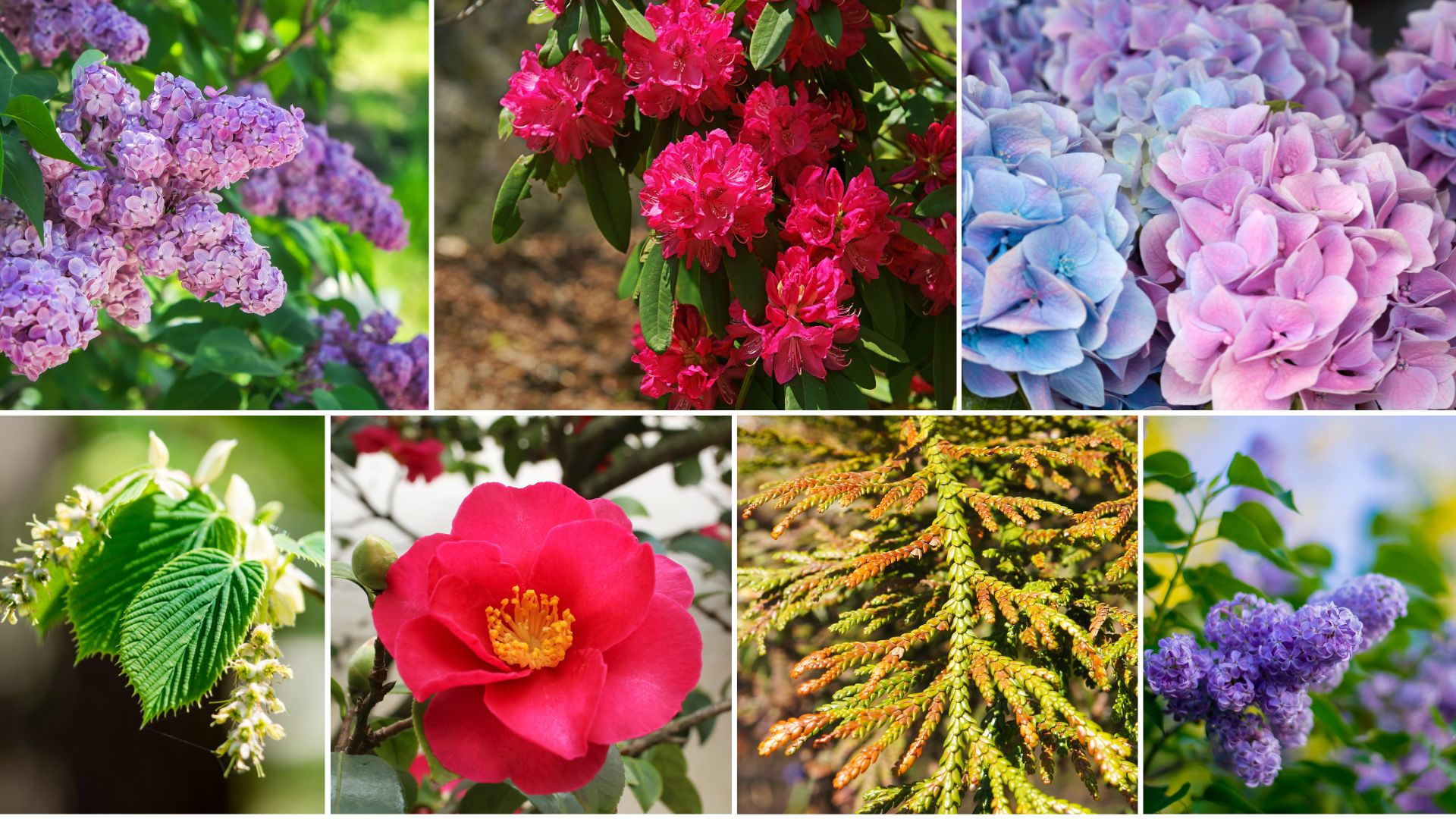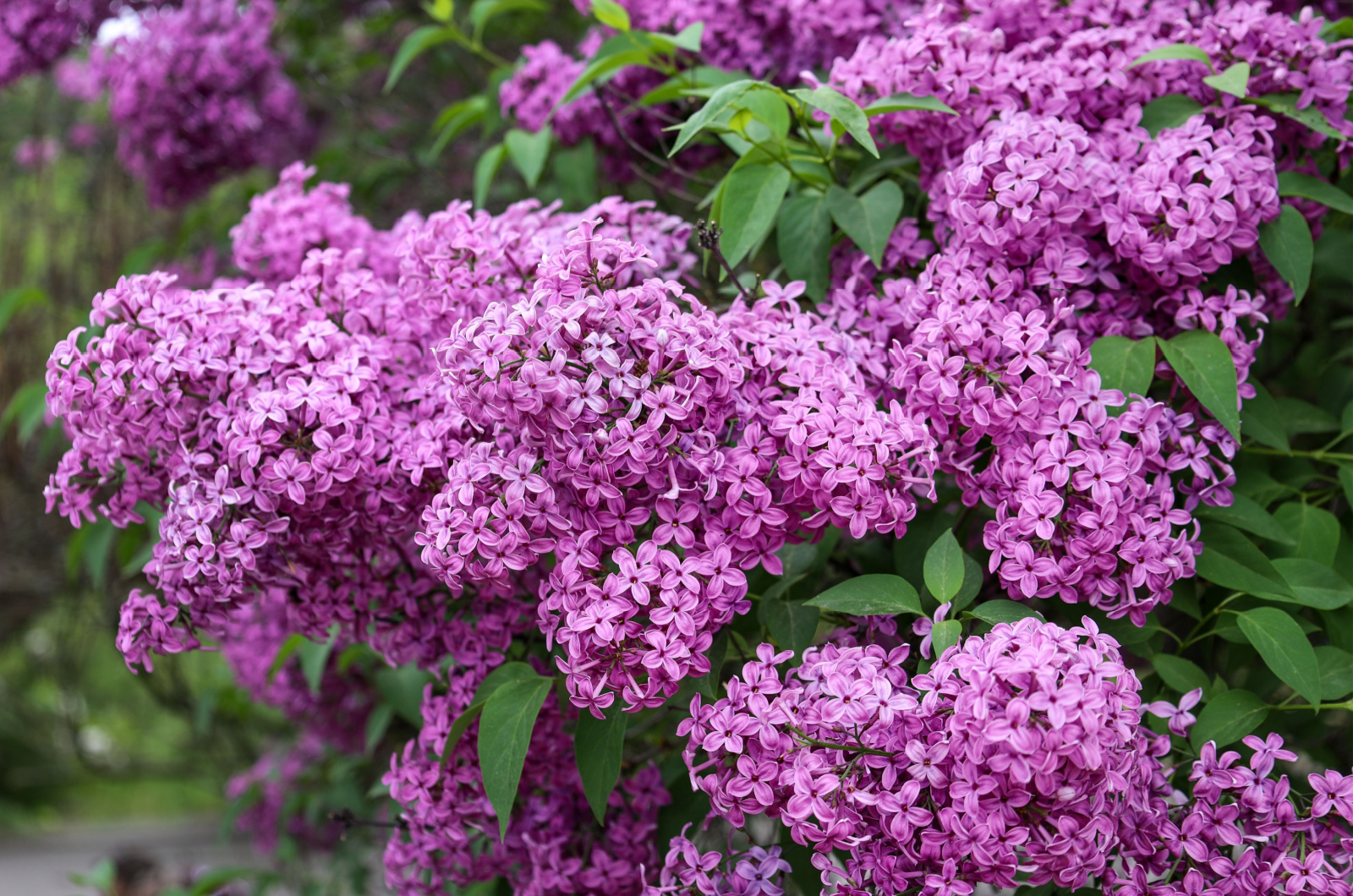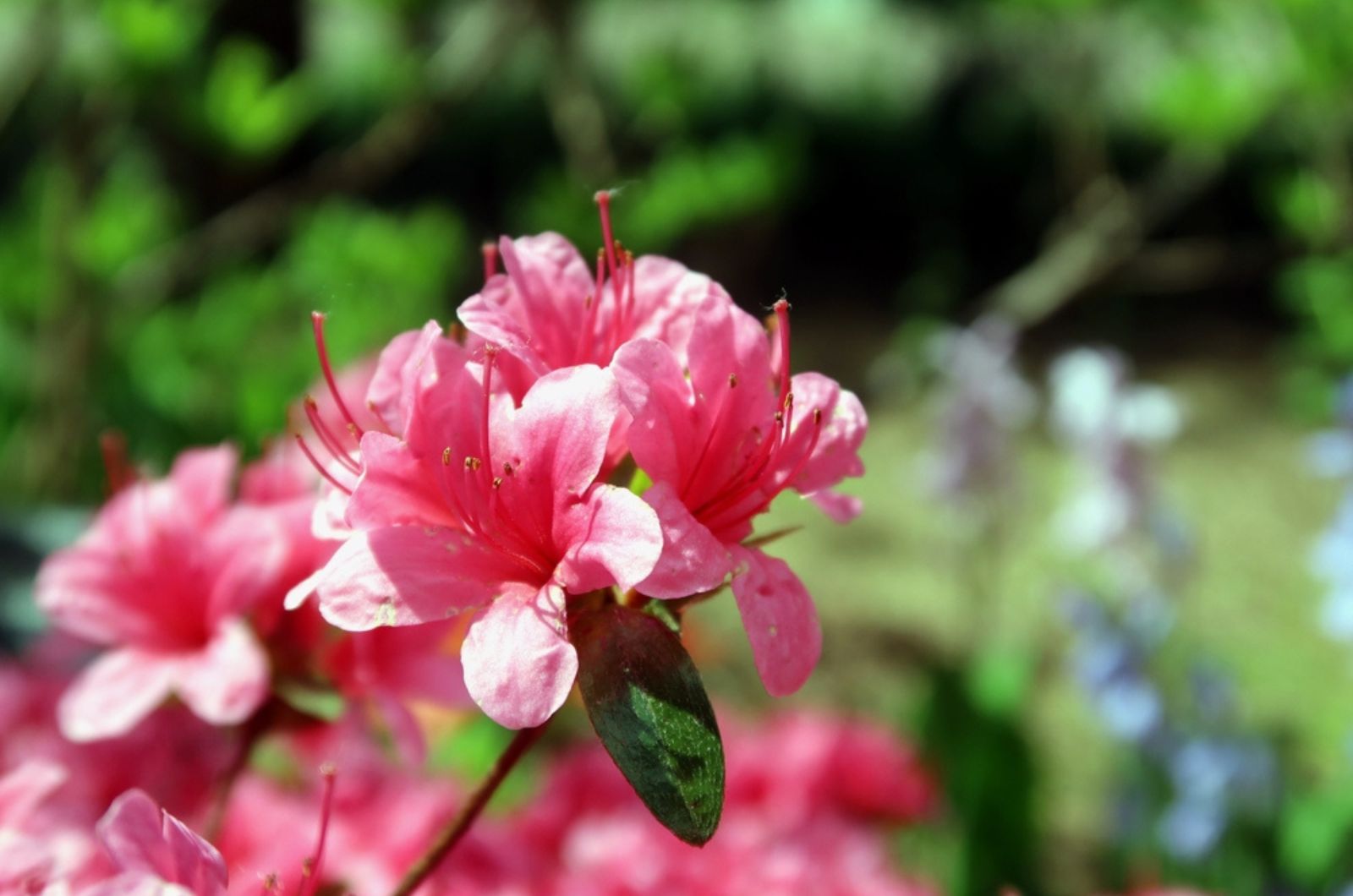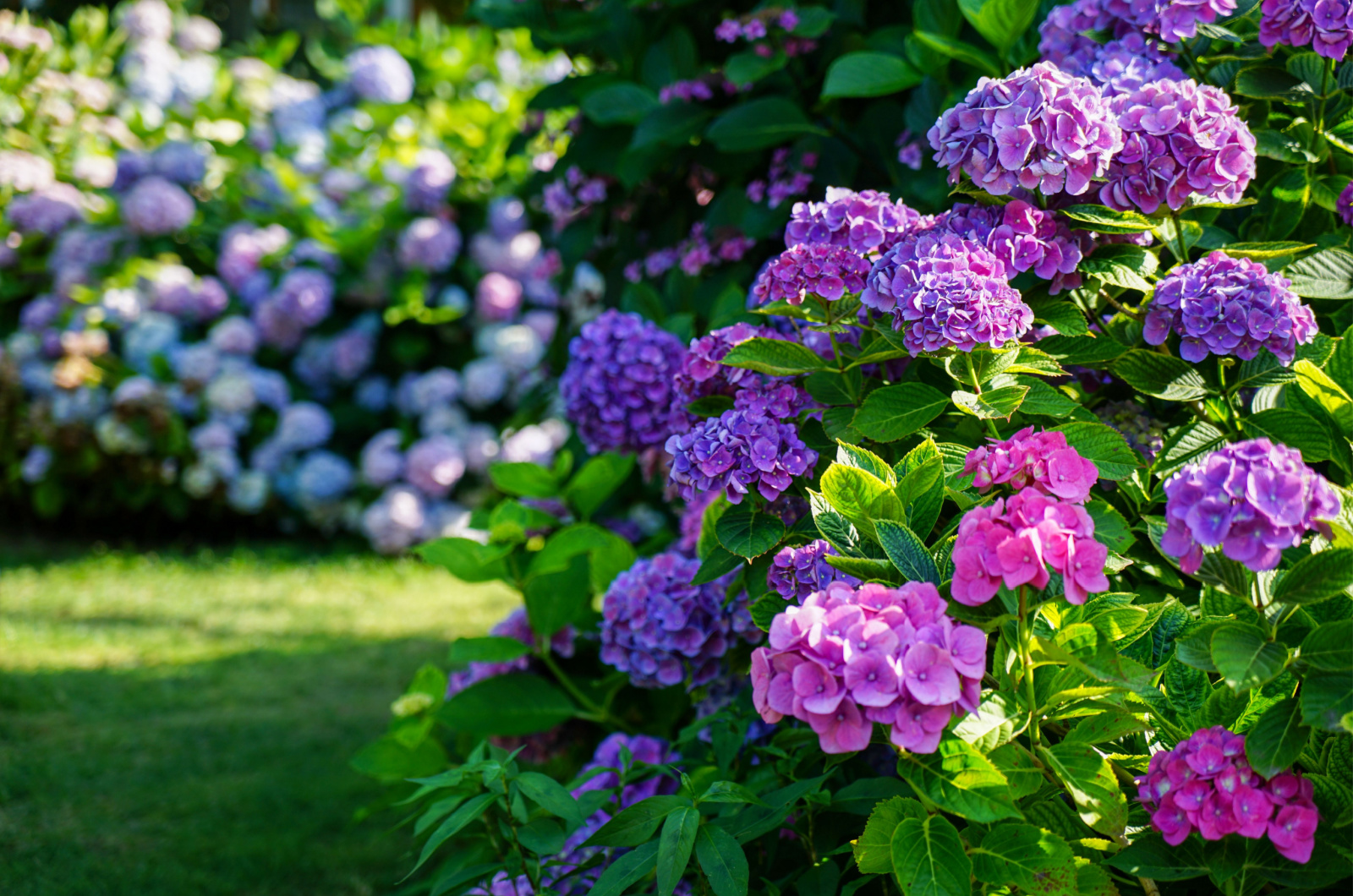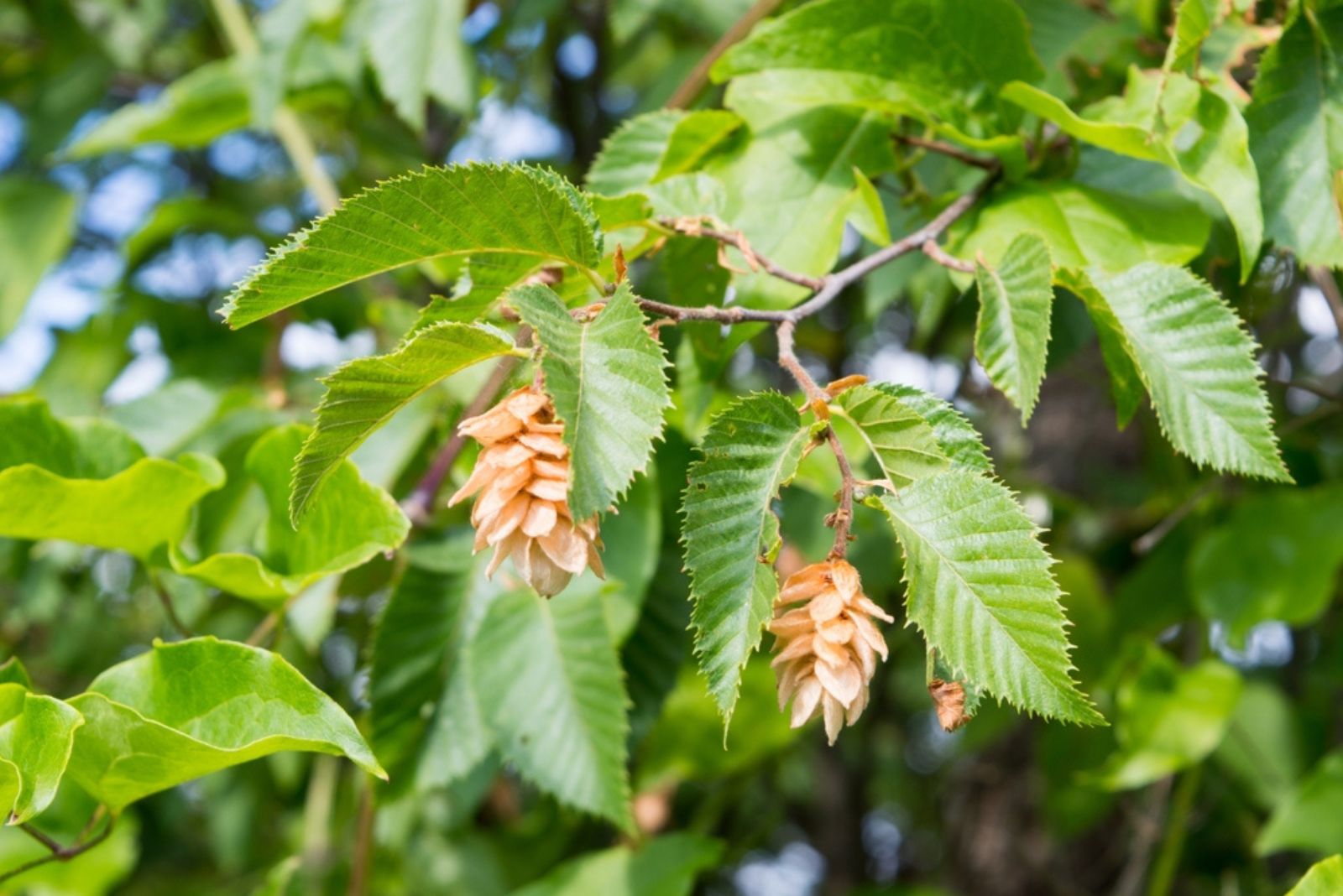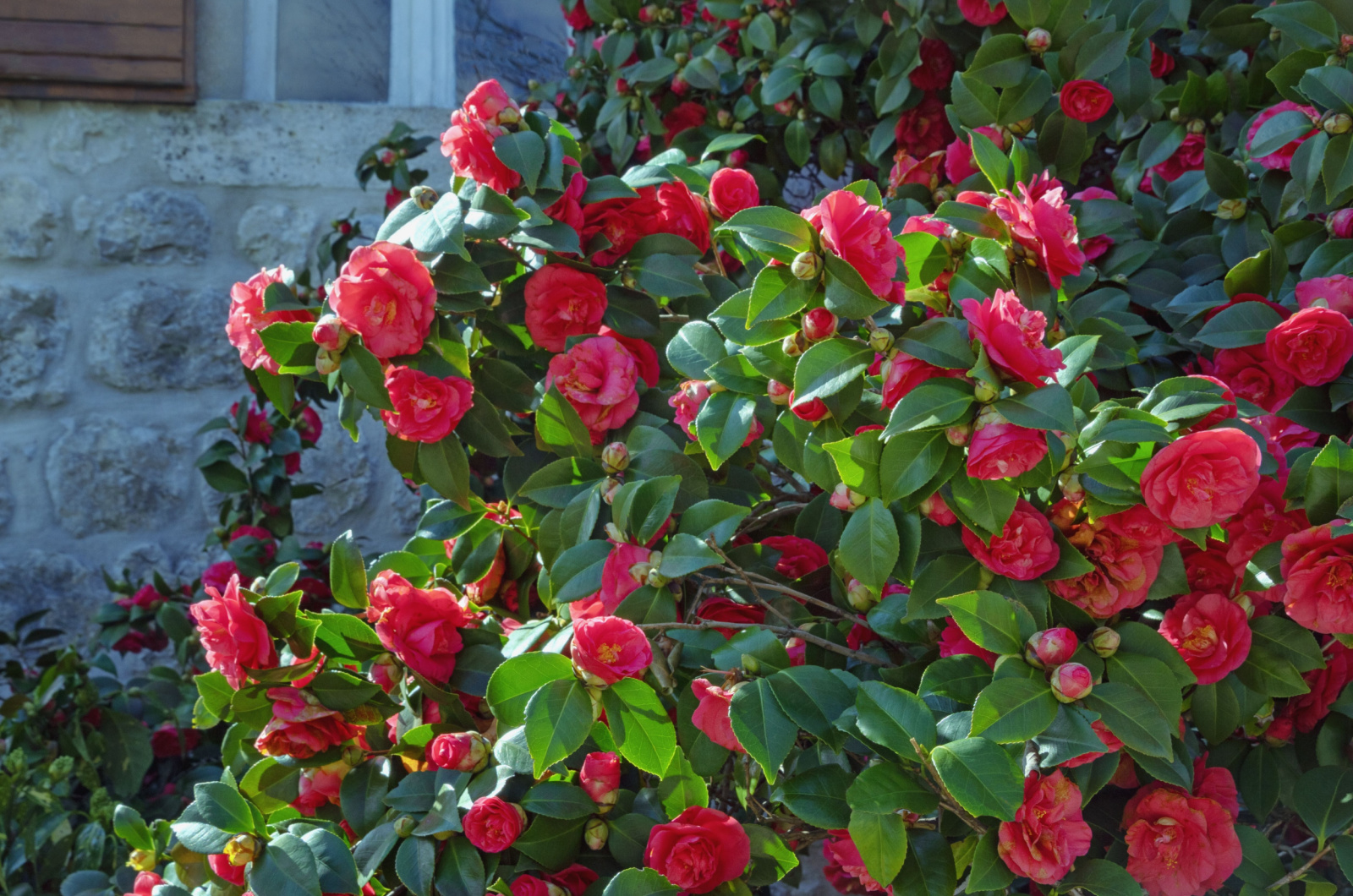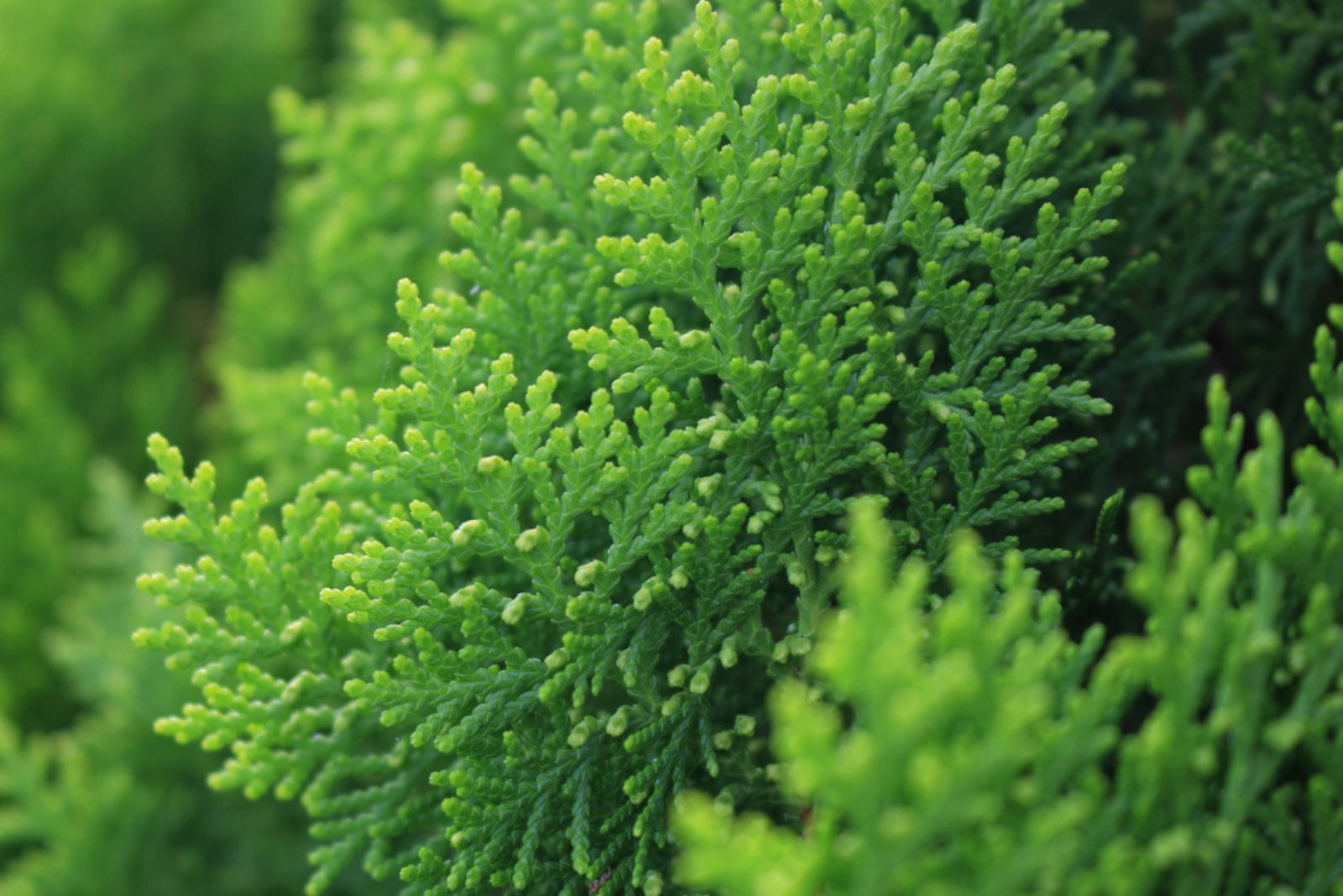When it comes to designing your outdoor space, privacy and beauty often go hand in hand. Imagine being surrounded by beautiful flowering bushes while sipping coffee in your garden, shielded from the world outside.
Don’t worry, there’s really not that much fuss when it comes to taking care of flowering bushes – it seems as though these beauties take care of themselves.
Sure, you will have to give them some water and prune them from time to time, but that’s pretty much it. In this article, we are going to discuss the best flowering bushes for privacy, so stay tuned!
1. Lilac Bush
Lilac bushes are known for their clusters of fragrant, cone-shaped flowers in shades of purple, pink, white, or blue. These lilac bushes have a spread of 6 to 10 feet and a height of 12 to 15 feet.
Keep in mind that these bushes are deciduous, so they will lose their leaves during fall and winter. However, in their peak times of the season, Lilac bushes are excellent for privacy due to their dense growth and lush foliage.
These deciduous bushes usually require well-draining soil and full sunlight exposure. It’s best to prune lilac bushes right after flowering. It also helps keep them in shape and promotes new growth.
If you are looking to have some privacy on your balcony, then consider growing some of these smaller privacy plants.
2. Rhododendron
Rhododendrons are evergreen shrubs known for their large, colorful flowers in shades of pink, purple, white, and more. Rhododendrons can reach heights of 3 to 12 feet and widths of 3 to 10 feet. These are excellent for privacy due to their thick foliage and tall height.
Rhododendrons are also perfect shrubs for shaded gardens – with a variety of flower colors to choose from, they can also make any shady spot look more lively!
Rhododendrons thrive in well-draining, slightly acidic soil. They prefer filtered sunlight or dappled shade and need consistent moisture. Proper spacing and air circulation help prevent disease.
3. Hydrangea
Robust hydrangeas are versatile shrubs with large, round flower clusters in colors like pink, blue, purple, and white. Their dense, leafy foliage combined with lush flower clusters offer great privacy. Additionally, most hydrangea cultivars are about 6 feet tall and wide!
Hydrangeas thrive in well-drained soil and prefer morning sun with afternoon shade. Adequate watering and mulching help keep the soil consistently moist. Pruning dead flowers encourages new blooms.
If you want to get the most out of your hydrangeas, try some of these hydrangea fertilization tips.
4. Hornbeams
Hornbeams, often referred to as “Carpinus,” are deciduous trees that can be pruned into hedges. These semi-evergreen beauties are one of the best trees to grow near houses.
They have dense, pleated leaves that turn yellow-orange in the fall. The ones that stay on the tree create a wonderful display during the winter season. Hornbeams also produce green catkins during April and June.
These trees are easily pruned and you can shape them however you want. Wait until late winter or early spring to prune Hornbeams. Also, make sure that they grow in well-draining soil and full sun to partial shade. Regular watering is important during the establishment phase.
5. Camellia
Here is yet another evergreen shrub that is perfect for creating privacy!
Camellias are evergreen bushes that produce glossy leaves and lovely flowers in white, pink, and red colors (there are also some variegated species, too!). They create a breathtaking flower display in late winter to spring.
Not only do these shrubs produce dense foliage that is perfect for privacy, but they also grow 20 feet tall – so you don’t have to worry if anybody’s peeking in your yard.
You should plant Camellias in slightly acidic soils that drain well. These shrubs grow best in partial or dappled shade. Pruning after flowering helps maintain their shape.
6. Arborvitae
Arborvitae, also known as Thuja, are evergreen shrubs that grow in a narrow, conical shape. They produce soft, scale-like foliage in shades of green or variations of gold and green.
Depending on the variety, they can reach a height of 10 to 40 feet with a spread of 3 to 15 feet. They can be planted close together to create a natural hedge that provides a solid barrier from neighbors or busy streets.
Their year-round greenery ensures privacy even during the winter months!
Arborvitae prefer well-drained soil and full sunlight to light shade. Once planted, they require little maintenance and can withstand drought. Regular pruning can help maintain their desired shape and density.

